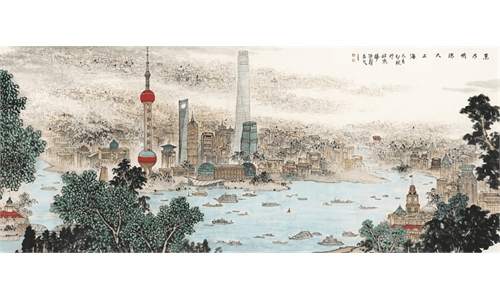SOURCE / PRESS RELEASE
Zhao Meisheng, be yourself
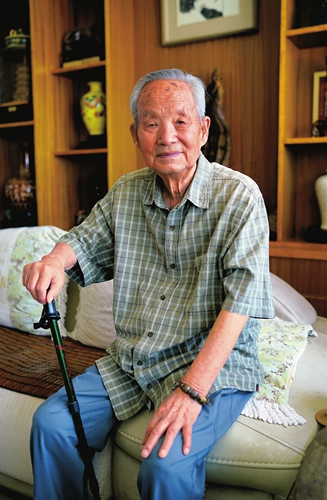
Zhao Meisheng
Chinese painting is a shining pearl independent of the world painting circle, and Chinese flower and bird painting is brilliant in the eyes of the world.Meticulous flower-and-bird paintings in the Song Dynasty and modern freehand flower-and-bird paintings represented by Wu Changshuo, Qi Baishi, and Pan Tianshou emerged at the peak of their development. Their artistic expression of Chinese flower-and-bird paintings has reached the extreme.
Timeliness is by no means a traditional form of clinging to conventions. It must show the courage to cross barriers, boldly break through the shackles of traditional concepts, get rid of the historical psychological framework, and inject new blood into the form and style of traditional Chinese flower-and-bird paintings, and inject the sentiments and thoughts of the times.
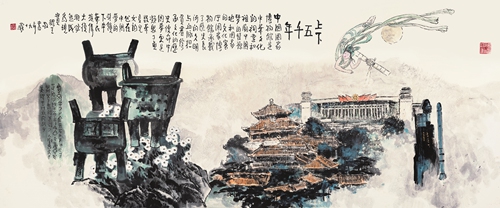
Shang Xia Wu Qian Nian 144 cm x 367 cm, 2015
Create your own ideasCreation cannot follow behind trends. Before the works are released, they must think twice about how to handle the works well. "Evasion" is a prerequisite project for innovative works. Try every means to escape the conventions, abandon objective influences and stereotypes that are commonly used by individuals, and make another way of living.
In the creation of works, Zhao Meisheng adopted: "giving up what people use." Including genre selection, pens and ink expression, layout and composition, form composition, only by drastically cutting love can the work change its appearance in the stale and stylized stereotype.
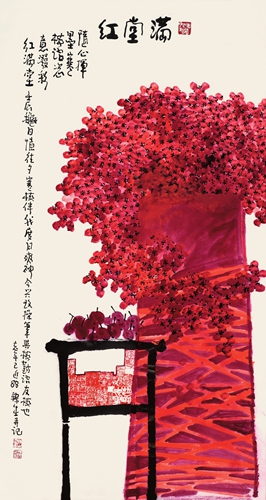
Man Tang Hong 150 cm x 97 cm, 2012
"He uses what other gave up." Under the influence of traditional thoughts and historically taught mentality, today's painting circles have a set of traditional flower-and-bird painting procedures, such as "not suitable for symmetrical painting," "not suitable for parallelism," "not suitable for repetition," "ink does not interfere with color" and "color is not hinder ink" and so on. If people can make use of their lyricism, creativity, and changes in the cultural content of ink and wash in the new form of ink and brush, they will be able to use clever and ingenious uses.
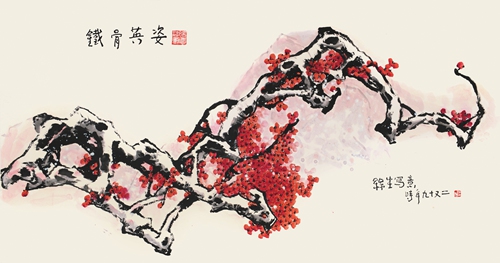
Tie Gu Ying Zi 265 cm x 140 cm, 2017
Have the ability to "exaggerate""Fermentation" is exaggeration. The reason why an art work is understood as art is that it has a profound effect of "extraordinary meaning" and the effect of pen and ink. A successful work is by no means a faithful reprint of the original natural image. Like a picture of a dog, trying to paint it as similar as possible in appearance and expression, but the discerning person thinks: "This is just a dog."
Literary and artistic works must exaggerate to be sublimated to art. Therefore, an accomplished artist must have the ability to "ferment" the subject matter well. On the contrary, the works are not exaggerated and "fermented," so how can they be artful? Therefore, when people paint, they must consider the degree of "heating up" and "fermentation" of the subject matter, to achieve the desired level of taste, so that the work can show the waves that affect people's aesthetic taste.
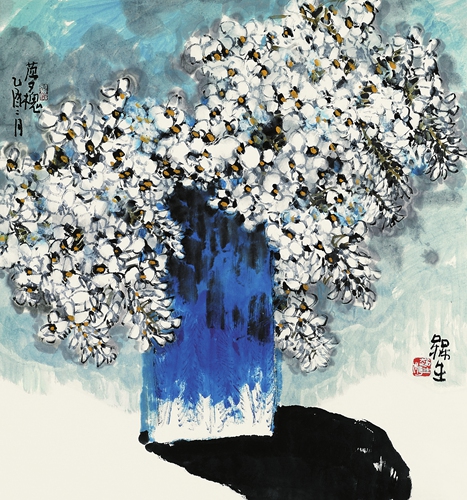
Meng Huai 96 cm x 89 cm, 2005
Innovative thinkingCome up with an idea before you paint, come up with a new idea. This idea is to differentiate the painting from the predecessors and from oneself. Only when you have ideas, your work could always be new, Zhao said.
Zhao used to paint plum, orchid, bamboo, chrysanthemum and lotus in his flower and bird paintings. One of his works is "Deng Hua." Lanterns are regarded as auspicious omens in the folks. People probably haven't painted them before. This is a discovery. But how to express its artistic image depends on whether the painter can come up with a new idea. Only by expressing it in a novel form can the work be new.
Making a new idea, and the idea will work, Zhao said. The ideas are new and creative, but the works have "golden content." The uniqueness of painting means independence. Wang Chaowen said: "Without uniqueness," that is, without independence, there is no value for existence.
Introduction to the artist:
A famous contemporary Chinese painter and art educator. Born in North China's Shanxi Province in 1925. In 1989, he was awarded the "Model Worker of National Education System" and the medal of "People's Teacher" by the Ministry of Education. In 2005, he was awarded the title of "Excellent People's Artist" by the National Science and Technology Award Conference "Science and Art."
In 2009, he was awarded the honorary certificate and medal of "60 years of literary and art work in New China" by China Federation of Literary and Art Circles.
